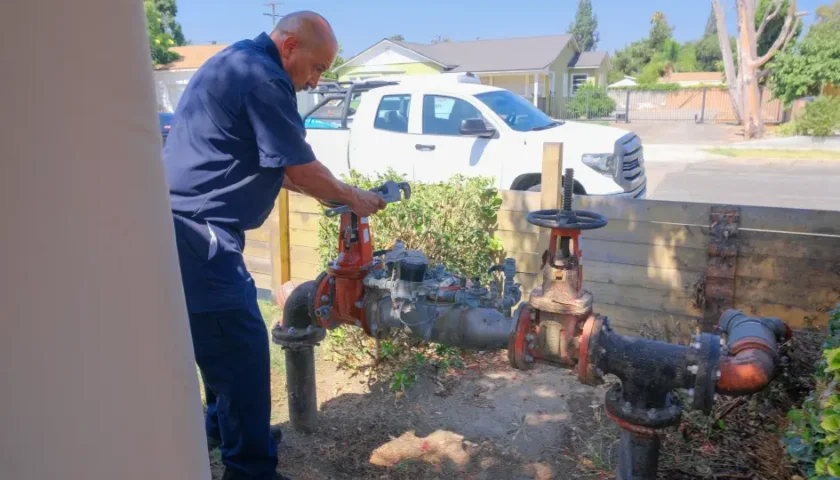When it comes to the future of nanotechnology, graphene takes the stage. It is a single layer of carbon atoms structured in a honeycomb lattice. And it is just one atom thick.
Plus, this wonder material is the best conductor of heat and light, stronger than steel, more flexible than rubber, and lightweight, which attracts everyone.
Graphene comes in both single-layer and multi-layer. However, synthesizing multi-layer presents some challenges. To overcome that, scientists have developed a new method called Chemical Vapor Deposition (CVD).
Using CVD for multi-layer graphene synthesis is the preferred method over other techniques. Why is that? This article will answer it.
Here, we’ll talk about the challenges of creating a multi-layer and the advantages of using CVD for that. Finally, we’ll shed light on its major applications.
So, let’s delve into it!
What are the challenges of multi-layer graphene synthesis?
Before we start discussing the importance of CVD, let’s take a look at the challenges that multi-layer graphene may face.
Well, it’s really tricky to produce a uniform and high-quality multi-layer graphene.
Though traditional methods like mechanical exfoliation (peeling tiny flakes from graphite) can be used to produce high-quality material. The bottleneck of this method is that it can only create the graphene flakes in a small amount. Also, it requires complex processes.
There are some other methods like liquid-phase. Using these methods often causes problems with the thickness and consistency of the graphene layers.
So, these compromises can affect the electrical and other properties of the graphene. And the results would be unsuitable graphene for applications.
What are the advantages of CVD for Multi-layer Graphene?
As we have discussed the flaws in the traditional methods, it will surely help you understand the reasons for not choosing them. Now, knowing the importance of CVD becomes crucial, right?
But before that, let’s have a basic idea of how this method works.
The process takes place in a chamber with a metal surface, like copper or nickel. Then, a special gas that contains carbon, usually something like methane, is pumped in. As this mixture gets heated up in the chamber, the carbon atoms from the gas break apart and stick to the metal surface. As a result, they arrange themselves into layers of graphene.
Now, let’s look at the advantages of using CVD multi-layer graphene.
- Scalability and Control
Using CVD, the production of graphene multi-layers on a large scale has become possible.
The process allows scientists to grow large, continuous sheets of graphene with control over how many layers are stacked.
They can adjust factors like gas flow rate, temperature, and growth time. As a result, it will help fine-tune the thickness of the graphene film, which ensures uniformity across the entire surface.
So, using this technique won’t create challenges to produce graphene in multi-layer for various fields.
- High-Quality Graphene
Along with that, CVD lets scientists tweak other important qualities of graphene, like how well-ordered its structure is and how many imperfections it has. These imperfections can significantly affect how well the graphene performs.
For example, graphene is the best electrical conductor, and if there is any defect, it will surely disrupt this flow.
So, by minimizing these issues, CVD helps create graphene that performs in a literal way.
- Tailoring Properties
It’s true to say that CVD is like a toolbox for creating custom-made multi-layer graphene for a wide range of uses.
In the above section on control, we have discussed that it’s possible to control the environment, right? Hence, scientists can create graphene with the required electrical conductivity, mechanical strength, and other properties for specific applications.
For example, doping the graphene with other elements is a big possibility. Doping involves adding tiny amounts of other atoms to the graphene, such as nitrogen-doped graphene. This can further improve conductivity or introduce entirely new properties.
What are the applications of CVD-grown multi-layer graphene?
Due to its unique and effective properties, this graphene type has applications in different industries, such as:
- Electronics
For electronics, multi-layer graphene produced with CVD is so beneficial. Why is that? Because it is super strong, conducts electricity incredibly well, and is almost completely transparent.
Moreover, with the tailored properties, there can be the production of a few layers or multi-layers graphene. Both of them provide benefits to different electronic devices.
For example, a few layers of graphene can be used for transparent electrodes in touchscreens or solar cells because they conduct electricity well and let light pass through. On the other hand, thicker multi-layers are suitable for high-performance transistors because they can handle more current.
- Energy storage
Additionally, the applications of CVD-grown multi-layer graphene can be seen in energy storage devices such as batteries and supercapacitors.
Multi-layer means holding more charge. How’s that? By increasing the layers, the surface area also increases. This provides more space for ions to accumulate and store energy.
And that way, multi-layer becomes a safe bet for next-generation high-performance energy storage devices.
- Composites
The last application to discuss is about composite materials. Well, suppose there is a plastic or a metal material, and we add graphene to it. What would be the final product?
Of course, it would be a super-strong and lightweight material. It’s like getting the best of both worlds.
This makes them perfect for anything from building stronger yet lighter airplanes to crafting high-performance sports equipment. For More information
The Bottom Line
In conclusion, in the world of nanotechnology, graphene shines due to its being the best conductor of heat and light. It comes with different layers, from single to multi. When it comes to creating a multi-layer, the best method is chemical vapor deposition (CVD). There are other methods, such as mechanical exfoliation and liquid-phase, but scientists prefer using CVD. Why? That’s just because it helps in the production of the multi-layer graphene on a large scale with control to produce the custom layers. Also, this method leaves no room for defects. However, other methods may lack these properties. This is the reason the applications of CVD-grown multi-layer graphene are popular in electronics, energy storage, and composites. Thank visiting trendingblogweb.com




